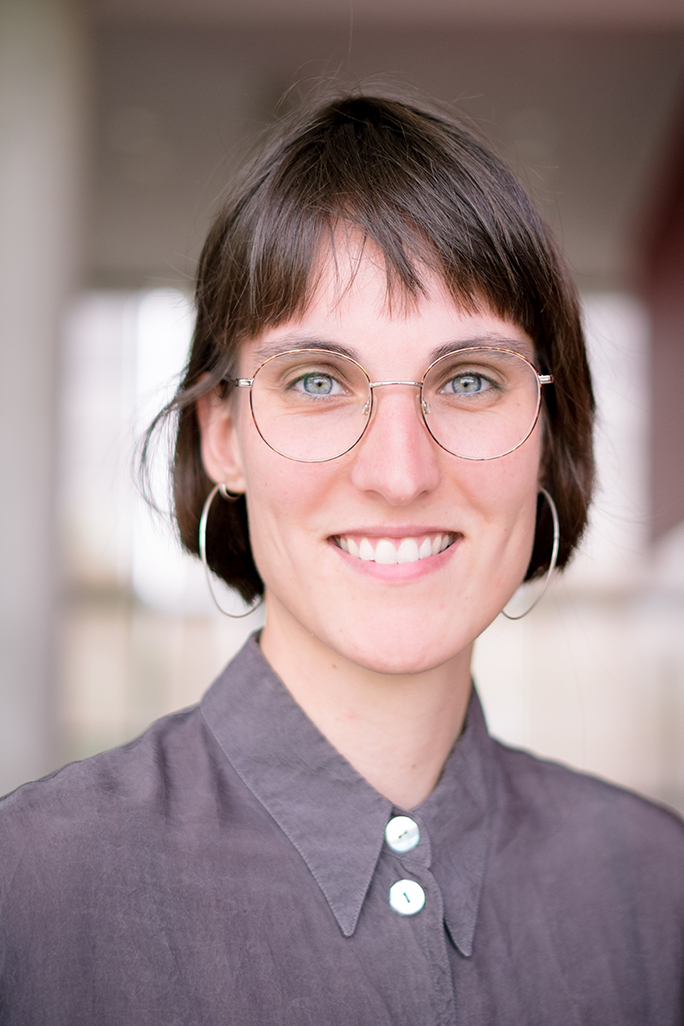annab.mueller@em.uni-frankfurt.de
Short Vita
Annabelle Müller (she/her) studied Environmental Sciences (B.Sc.) in Lüneburg and Bodø, Norway and Humangeography (M.Sc.) in Bonn. Her Thesis regarded more-than-human entanglements in the home. She now holds a position as a PhD-candidate at the interdisciplinary Research Training Group „Fixing Futures. Technologies of Anticipation“ at Goethe University Frankfurt a.M. Her research interestest revolve around everyday geographies, more-than-human ethnographies, geographies of home and questions of chemical geography, pollution and discard studies.

Project Description
In 2023, the findings of a joint investigative journalist research project were made public. The project “The Forever Pollution Project” published comprehensive data on the pollution of so called Forever Chemicals in the EU, which turned out to be more extensive than previously known publicly (foreverpollution.eu). What is so special and particular about forever chemicals? Forever Chemicals is the trivial name for a class of per- and polyfluoroalkyl substances (PFAS) that are persistent, which means that once released into the environment, it takes several hundreds to thousands of years to diminish. Because they are also grease-resistant and soluble in water, they find a widespread use as surfactants in a variety of products – from baking paper, pizza trays and frying pans to rain jackets and aqueous film forming foam for firefighting.
On top of this widespread use of Forever Chemicals in consumer products, they have already become ubiquitous in environments, in organic eggs as well as rain and sea foam. In this sense, they contribute to the notion of a “permanently polluted world” (Liboiron et al. 2018), being regularly detected in human biomonitoring studies and hence already an established part of the human body.
The research project navigates through three interrelated fields of inquiry, drawing on ethnographic fieldwork as well as document analysis.
Firstly, it scrutinizes the dynamics of knowledge production concerning Forever Chemicals, probing into the thresholds and conceptualizations of pollution beyond toxicity. Secondly, it explores the materialization and spatial distribution of Forever Chemicals, particularly within infrastructural frameworks, shedding light on their journey from production to disposal. Thirdly, it investigates the temporal dimension of Forever Chemicals, unraveling the implications of their persistent nature on perceptions, remediation strategies, and future landscapes.
Employing a methodological approach that combines ethnographic inquiry with document analysis, the research endeavors to trace Forever Chemicals‘ pathways from their materialization in drinking water to their integration into waste infrastructures. By unpacking the multifaceted interactions between humans, infrastructures, and molecular entities, this study seeks to contribute to a nuanced understanding of pollution, toxicity, and waste in contemporary societies.
